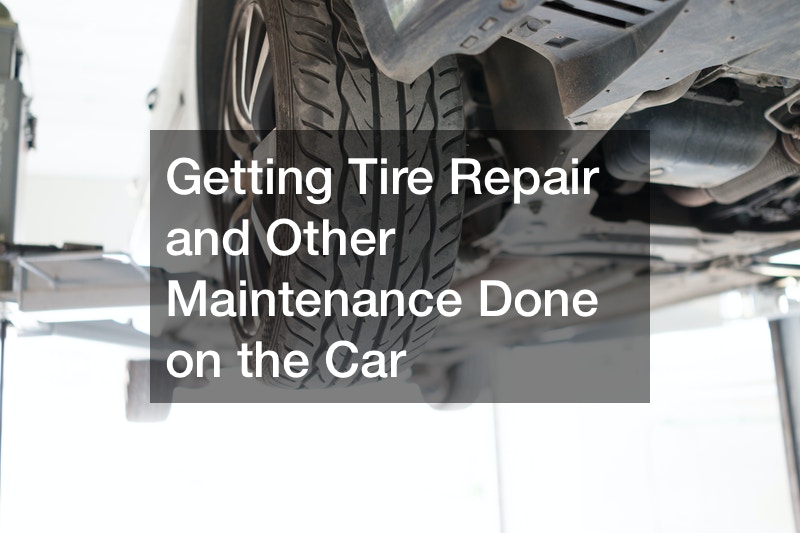Three Common Things That Can Easily Cause a Flat Tire


Potholes. Cracked rims. Nails, screws and broken glass. Excessive sunlight.
There are myriad ways your car can get a flat tire, and most of the time, you won’t even know what’s going on until you hear that dreaded flapping sound. Once that happens, you’ll either have to wait out the arrival of a tow truck or pull off along the shoulder and change it yourself — neither are particularly appealing options. But apart from the inconvenience of enduring a flat tire, there’s also the danger it poses to you as the driver. Your risk of getting into a bad accident significantly increases if you suddenly pop a tire out on the road.
That’s why it’s important to understand that there are plenty of steps you can take to ensure your tires stay healthy long after they’re put on your car. Finding the right tires is a two-way street, though, and there are plenty of things you need to know about poor tire conditions that can lead to flats at a moment’s notice when you’re on the highway. Here are the top three reasons you might get a flat tire and how to prevent them.
1. The natural process of dry rot
It’s easy to know when to change your tires based on appearances alone. Older, faded, cracked tires are prime candidates for replacement as are tires that have been ravaged by what’s called “dry rot,” or the standard degeneration of the rubber over time. Dry rot happens for a number of reasons, but the most common are usually evaporation of the rubber’s oil and chemical compounds and even UV exposure. When this happens, the rubber becomes significantly less flexible leaving it more prone to dangerous cracks. At the first sign of those cracks, you’d do well to pop into a tire shop and invest in some new tires (and not just the ones with the visible damage).
2. Riding on rough roads
Out of all the auto repair services, tire and wheel repair tend to see quite a lot of business. And if you live in an area of heavy snow or ice in the winters, you could even be in need of new tires after every season. But finding the right tires is all about knowing where to look, and a good place to start is right at your local tire shop. The pros there understand how potholes and other rough roads can do a number on your tread as well as significantly upping your chances of rim cracks. When that happens, it’s best to leave it in the hands of the folks who know how to fix it.
3. Under- and over-inflation
Finding the right tires means taking care of them long after they leave the garage, and that goes double for maintaining proper tire pressure. Too much can leave the rubber worn in the center, and too little can leave it worn along the edges — both of which can mean disaster if you find yourself on an unexpectedly icy or slick road. Proper tire pressure will also ensure you don’t blow out a wheel while traveling at 80 miles per hour (or even faster).
Now that you know the first rules of proper tire maintenance, make a point to follow them. If you don’t, you’re really only hurting yourself — or the passengers you’re carrying with you when the tire finally gives out. Learn more about this topic here: Premium tires
